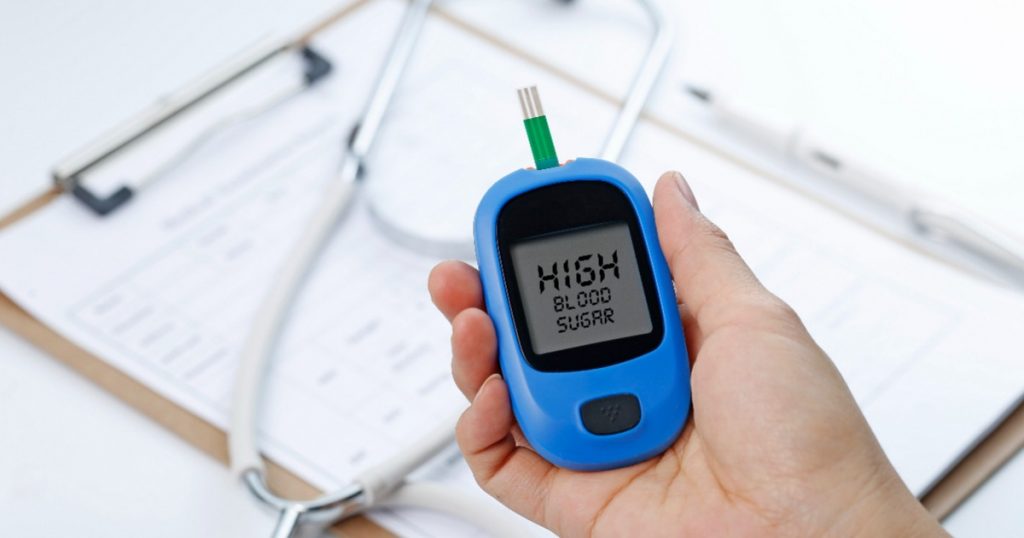Introduction: Diabetes is a chronic metabolic disorder characterized by high blood glucose levels, resulting from insufficient insulin production or ineffective utilization of insulin by the body. It affects millions of people worldwide and can lead to severe complications if left unmanaged. This article will discuss the symptoms and causes of diabetes, shedding light on this prevalent health condition.
Symptoms of Diabetes:
- Increased thirst and frequent urination: Excessive glucose in the bloodstream can cause the kidneys to work harder to eliminate it, leading to increased urination. Consequently, this can cause dehydration and increased thirst.
- Unexplained weight loss: In type 1 diabetes, the body fails to produce insulin, causing the breakdown of stored fat and muscle for energy. This can result in unintended weight loss, despite increased appetite.
- Fatigue and weakness: Insufficient insulin or resistance to its effects can impair glucose uptake by cells, leading to energy deprivation, resulting in fatigue and weakness.
- Slow wound healing: Elevated blood glucose levels can impede the body’s ability to heal wounds effectively, making infections more likely and delaying the healing process.
- Blurred vision: High blood sugar levels can cause the lens of the eye to swell, affecting the ability to focus, resulting in blurred vision.
- Type 1 diabetes: This form of diabetes occurs when the immune system mistakenly attacks and destroys the insulin-producing cells in the pancreas. The exact cause is unknown, but genetic and environmental factors are believed to play a role.
- Type 2 diabetes: It develops when the body becomes resistant to insulin or fails to produce enough of it. Risk factors for type 2 diabetes include obesity, a sedentary lifestyle, poor diet, family history, and advancing age.
- Gestational diabetes: This type of diabetes occurs during pregnancy when hormonal changes affect insulin action. It usually resolves after childbirth, but women who have had gestational diabetes have an increased risk of developing type 2 diabetes later in life.
- Prediabetes: Prediabetes is a condition in which blood sugar levels are higher than normal but not high enough to be diagnosed as type 2 diabetes. It is a warning sign that the individual is at high risk of developing diabetes without lifestyle modifications.
- Other factors: Certain medical conditions, such as polycystic ovary syndrome (PCOS), hormonal disorders, and pancreatic diseases, can increase the risk of developing diabetes.


